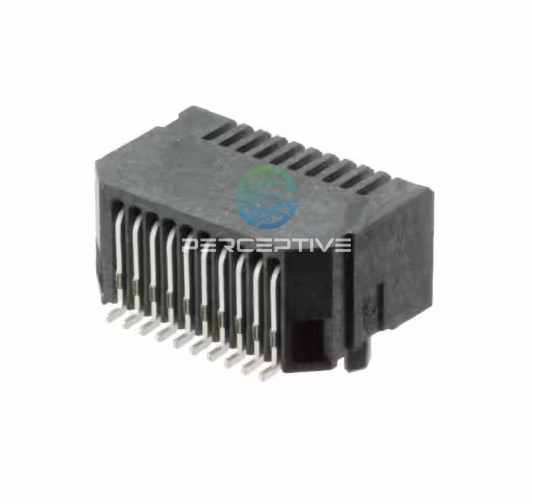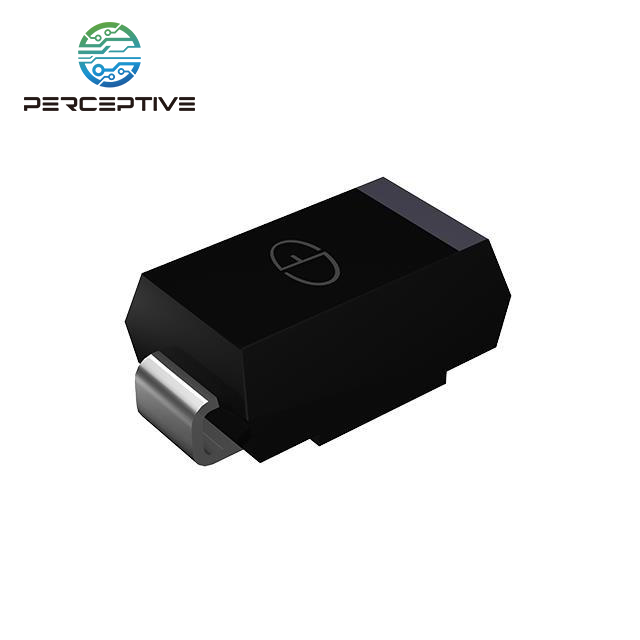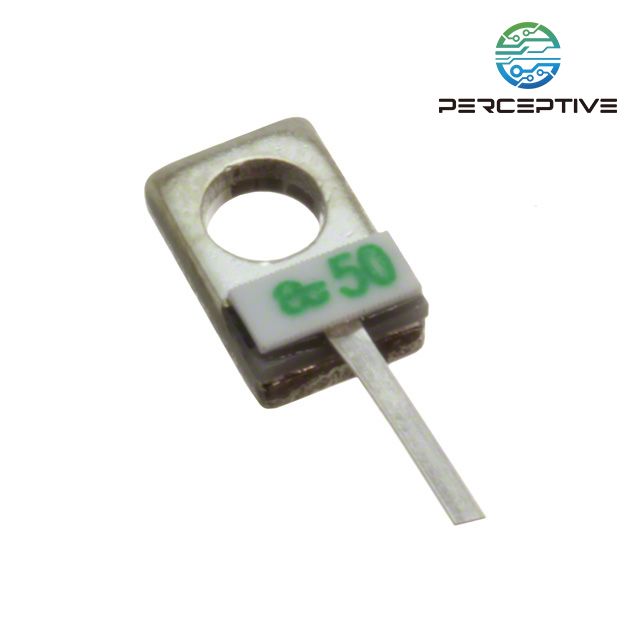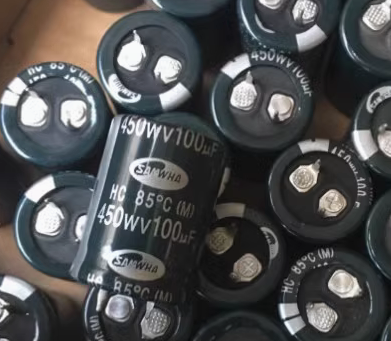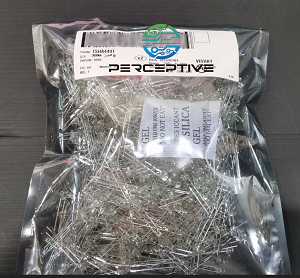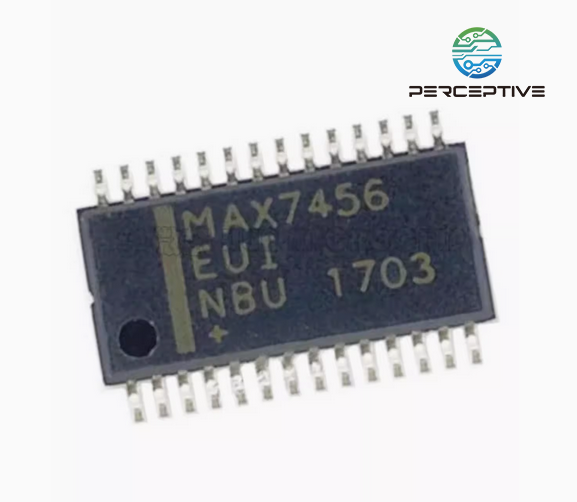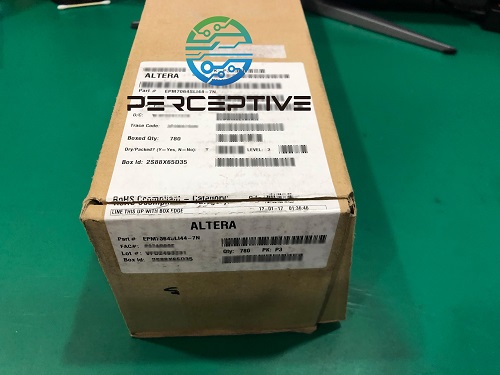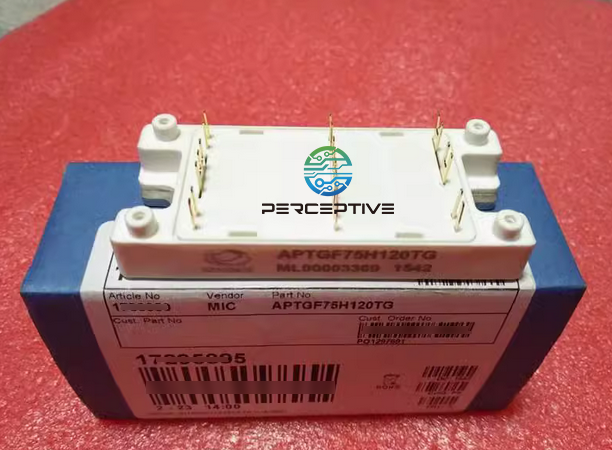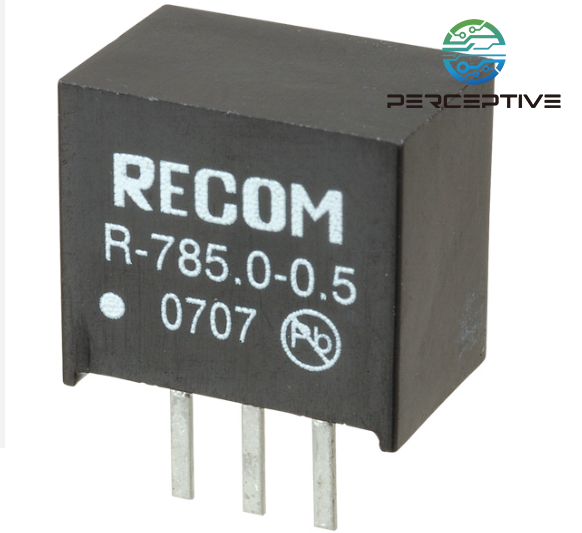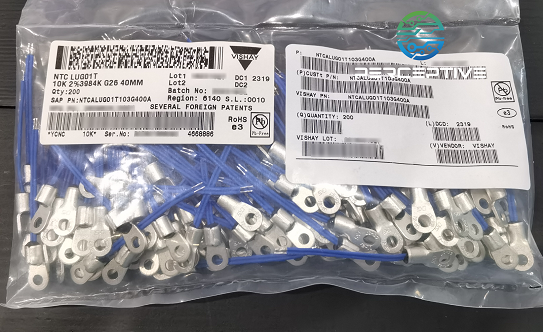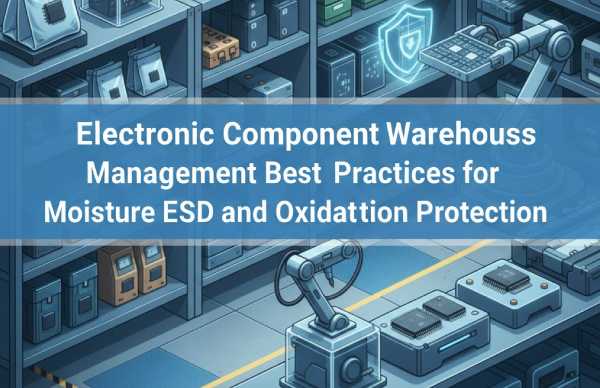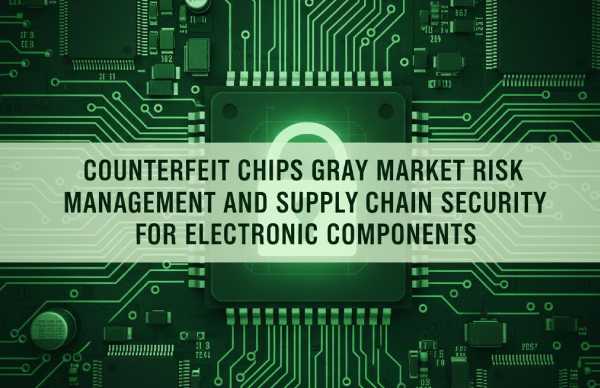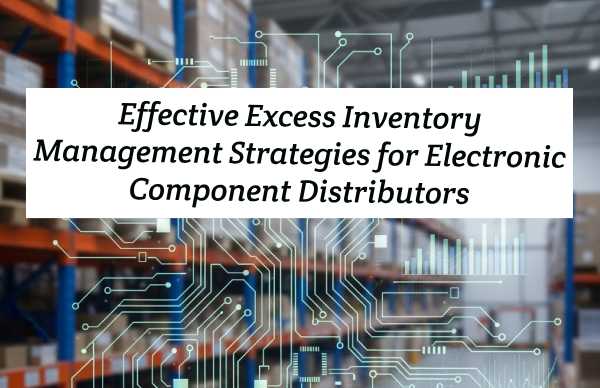Semiconductor shortages can arise suddenly and spread rapidly across the electronics ecosystem. A single bottleneck—whether due to geopolitical tension, natural disasters, or demand spikes from AI and automotive sectors—can disrupt entire production lines. In this environment, distributors and manufacturers must act decisively to stabilize their supply chains.
1. Rapid Risk Assessment and Prioritization
When a shortage is detected, the first step is to evaluate exposure across the Bill of Materials (BOM). Classify components into three categories:
Critical: No alternates available, immediate production impact.
Important: Alternatives exist but require validation.
Low Risk: Easily replaceable or multi-sourced.
This assessment should be completed within hours, not days. The result becomes the foundation for all further actions—allocating attention, budget, and supplier communication to the parts that matter most.
2. Build Short-Term Flexibility into Procurement
In crisis mode, rigid procurement procedures slow everything down. Establish emergency purchase protocols that allow rapid approvals, small-lot orders, or expedited logistics. Negotiate short-term allocation agreements with key suppliers to reserve partial quantities while full orders are being confirmed.
Partner with authorized independent distributors who can source from diverse markets without compromising traceability or quality. The goal is to balance agility with compliance—fast decisions that still protect your supply integrity.
3. Secure Alternatives Before Shortages Peak
A well-prepared engineering team is the strongest defense during scarcity. Encourage design engineers to maintain form-fit-function alternate lists for all critical semiconductors, from power MOSFETs and memory ICs to voltage regulators.
Where alternates are unavailable, collaborate with suppliers' application engineers to explore cross-references or second-source options. Document these alternatives in an Approved Component Substitution Library, ready for immediate implementation if a shortage occurs.
This proactive engineering foresight often determines whether a company can keep production running when competitors cannot.
4. Strengthen Supplier Communication and Transparency
Information delays amplify shortages. Establish direct, real-time communication with key franchised suppliers and component manufacturers. Share accurate demand forecasts and upcoming project plans rather than last-minute orders. Suppliers are more likely to allocate scarce stock to partners who communicate transparently and consistently.
Use supplier portals, automated notifications, and periodic reviews to ensure visibility of confirmed lead times, shipment dates, and allocation status. When market conditions tighten, data transparency becomes a strategic weapon.
5. Activate Contingency Inventory Policies
Rather than overstocking everything, apply selective buffer strategies. Identify high-impact semiconductors—such as microcontrollers, FPGAs, or specialized analog chips—and hold safety stock proportionate to their lead-time volatility.
Leverage Vendor-Managed Inventory (VMI) programs when possible, where distributors manage inventory at your facility or regional hub. This ensures parts are available for production while reducing your working capital exposure.
6. Implement Testing and Verification Controls
During shortages, counterfeit and remarketed components can infiltrate the market. Implement a strict quality assurance protocol for all emergency purchases:
Request complete documentation, including manufacturer CoC and date codes.
Conduct third-party testing such as X-ray, electrical, and decapsulation analysis for high-value ICs.
Track every incoming lot through serialization or barcode scanning for full traceability.
Such diligence protects not only the production line but also the company's long-term reputation.
7. Form a Cross-Functional Crisis Response Team
Effective crisis management requires fast collaboration. Form a semiconductor shortage task force with members from procurement, engineering, logistics, quality control, and sales. Meet daily—virtually or in person—to align actions, update risk status, and approve emergency decisions without bureaucratic delays.
Assign clear authority thresholds, so small purchases or design adjustments can proceed immediately within approved parameters.
8. Communicate Clearly with Customers
Customers appreciate honesty and proactivity. When shortage components may delay deliveries, communicate early and provide realistic timelines. Offer alternatives such as partial shipments, drop-in replacement products, or design modification options to keep their operations running.
Consistent, transparent updates protect business relationships even when market conditions are beyond your control.
9. Invest in Long-Term Supply Resilience
Emergency actions address symptoms; resilience prevents recurrence. Companies should:
Diversify sourcing across regions and suppliers.
Integrate predictive analytics tools to monitor part availability and pricing trends.
Maintain ongoing collaboration with semiconductor manufacturers on capacity planning.
These long-term investments transform crisis management from reactive scrambling to structured, data-driven control.
Conclusion
Semiconductor shortages will continue to challenge the electronics industry as global demand accelerates and supply remains uneven. The companies that succeed are those that combine strategic foresight, rapid coordination, and disciplined risk management.
At Perceptive Components, we help our partners navigate volatility with reliable sourcing, transparent communication, and verified traceability across every shipment. In times of shortage, preparedness is not just protection—it's a competitive advantage.

